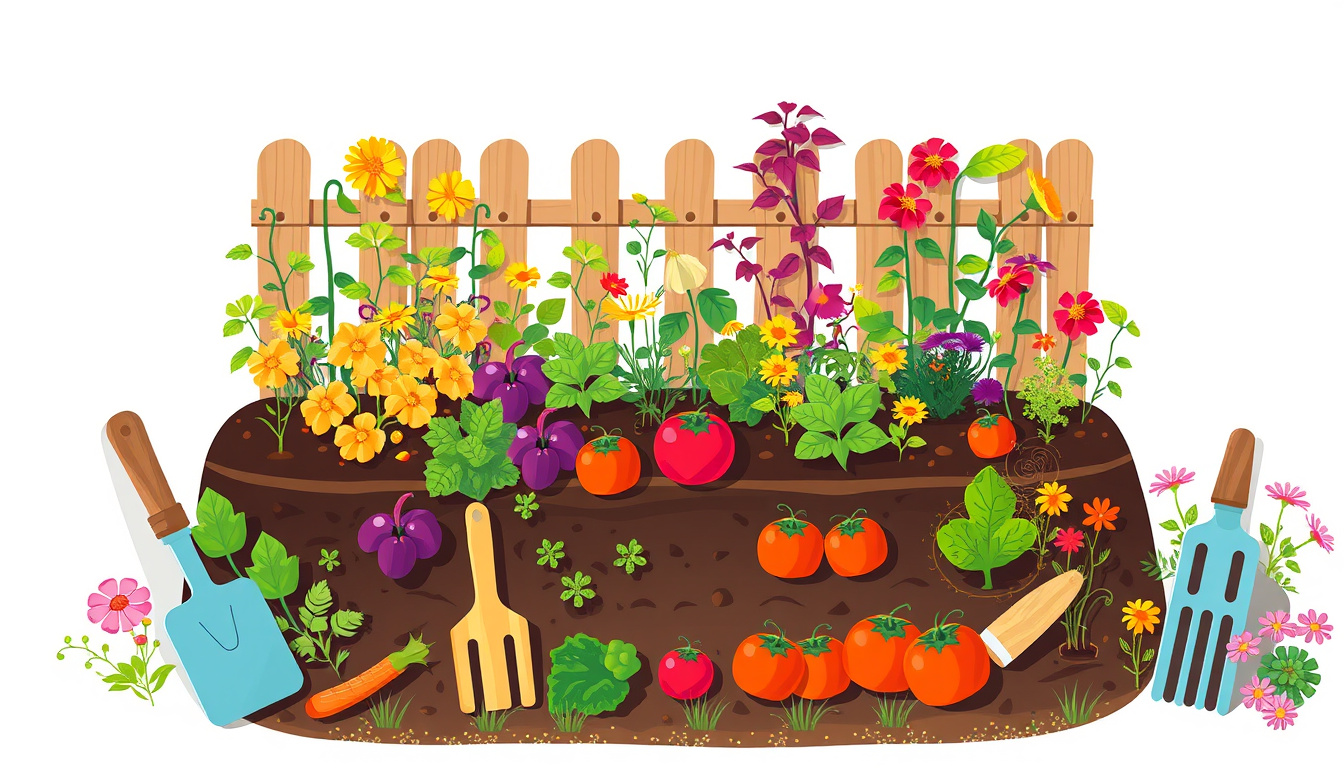Understanding the Limits of No-Dig Gardening: Embrace the Effort for a Thriving Garden

In sustainable agriculture, no-dig gardening stands out. Deep compost mulching gets much focus here. The method wins praise for its good points, but it has limits too. Farmer Jesse from Growers Daily says that no-dig gardening works best when ease meets work. It may seem simple, yet work is always needed.
What is No-Dig Gardening?
No-dig gardening cares for soil health without turning the soil over. Gardeners put organic matter, like compost and mulch, on top of the soil. This practice feeds tiny soil workers and helps natural nutrient cycles run well. Many choose it as it cuts down on soil disruption and improves garden life. Still, the method brings its own problems.
The Reality of No-Dig Systems
This method may feel easier in the long run, but it still calls for effort and regular care. Jesse points out that switching to a no-dig, deep compost system needs hard work at the start and steady upkeep afterward.
1. Soil Preparation and Mulch Application:
To start a no-dig garden, one must ready the ground. This means putting down layers of organic matter, a task that can take much work. The work does not end here; careful upkeep keeps the mulch in shape over time.
2. Planting Techniques:
Gardeners do not rely only on seeds. Seeds may find it hard to break through thick mulch. Transplanting cover crops works better in many cases, but it needs skill and care. Some tools, like the paper pot transplanter, might not work well in this setup. Knowing how to plant in mulch as opposed to bare soil is key for good crop growth.
3. Weeding and Pest Management:
Mulch may help cut down on weeds, but it will not stop them all. Gardeners must keep an eye on weedy spots. They must also work to keep pests under control. Some pests grow well in no-dig gardens, so care remains essential.
Embracing the Effort
Low-maintenance gardening sounds inviting. Yet, Jesse shows us that real rewards come with effort. Here are some areas where work clearly makes a difference:
1. Understanding Your Environment:
A good gardener watches the weather and soil closely. Climate, soil, and moisture all join to shape plant health. In paying close attention to these links, gardeners can improve their results.
2. Engaging with the Community:
Gardening is not a one-person job. Sharing wins and challenges with others helps everyone learn. This bond can spark new ideas that fit each garden’s needs, even in no-dig systems.
3. Education for Future Generations:
Teaching young people about nature holds great worth. Jesse shows that learning how food grows helps youth see the work that goes into growing plants. This insight builds respect for the efforts in farming and gardening.
Conclusion
No-dig gardening shows a new side of sustainable practices. It brings good points like a richer soil life and less soil turning. At the same time, one must expect steady work and learning along the way. With careful attention, a study of the land, and support from others, we can grow strong gardens. This balanced view lets us use no-dig methods well while keeping in mind the hard work behind a flourishing garden.
Like this article, why not subscribe to our Farm Food Health Magazine?





